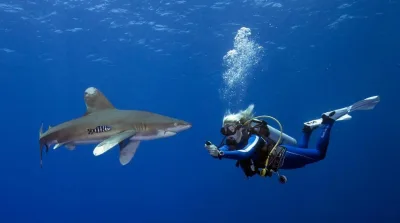The world’s reefs are under threat, but thankfully, there’s plenty of promising work being carried out to help us better understand and protect these delicate ecosystems. However in order to protect a reef, you first have to find it. And, according to a recent article by Arizona State University, that just got a little easier.
Until now, researchers have relied on a variety of techniques to estimate the location and distribution of the ocean’s reefs, including diver observation and satellite imagery. But using multiple sources and methods like this to complete the puzzle meant that the pieces often didn’t fit.
Amazingly, a team from the Arizona State University Center for Global Discovery and Conservation Science have now used AI to predict the location of shallow coral reefs with nearly 90% accuracy. The researchers used advanced artificial intelligence, and thousands of satellite images, to create a new world-wide reef map. Operated by Planet Inc, the satellites worked together to capture 11 terabytes of data every day, which was then analysed by ASU’s supercomputer to search for shallow reefs sitting in less than 20 metres of water.

While the possible uses for this new map are endless, it could prove to be an immediate help in monitoring coral bleaching. "The partnership is already rolling out much more detailed reef composition maps on a region-by-region basis, and we are preparing to launch a global reef monitoring system that detects bleaching. These and other large-scale marine technology innovations are already helping conservation, management and resource policy specialists make decisions,” said Greg Asner, co-author of the study and ASU’s Allen Coral Atlas lead.
The maps are openly available and can be found through the Allen Coral Atlas - a collaborative partnership between ASU, Vulcan Inc, Planet Inc, University of Queensland, and National Geographic Society.




